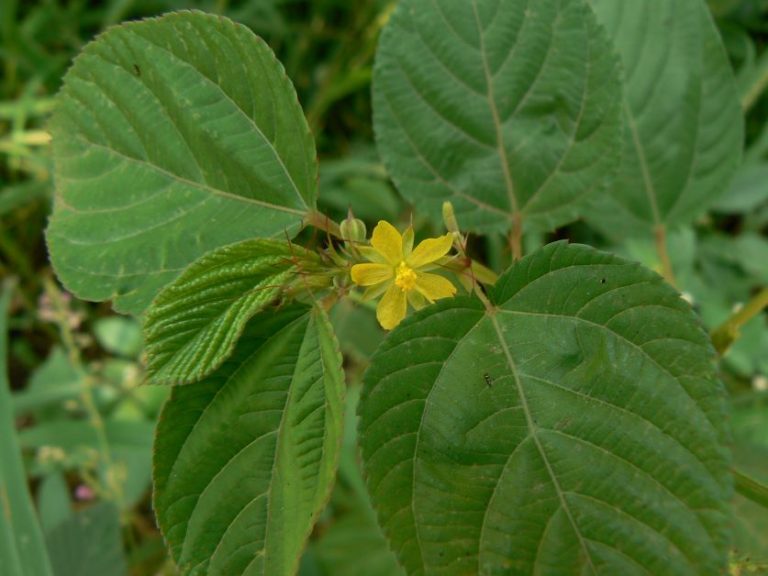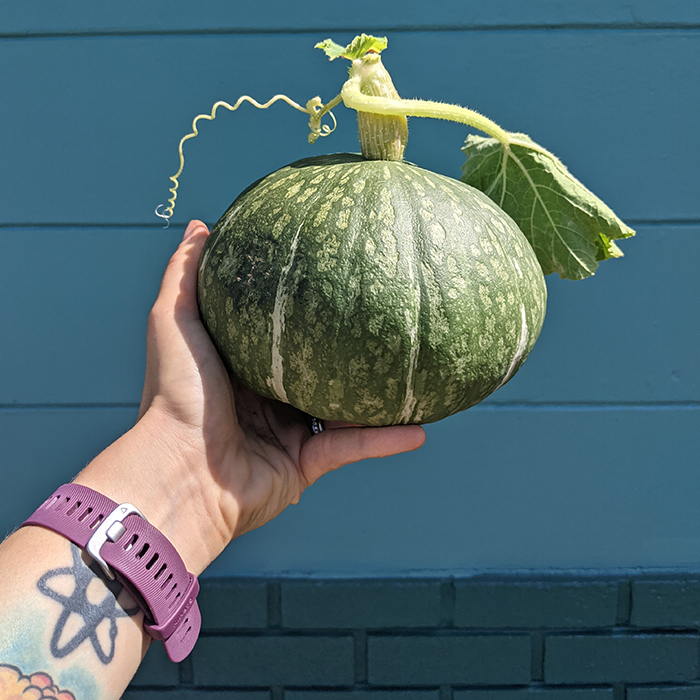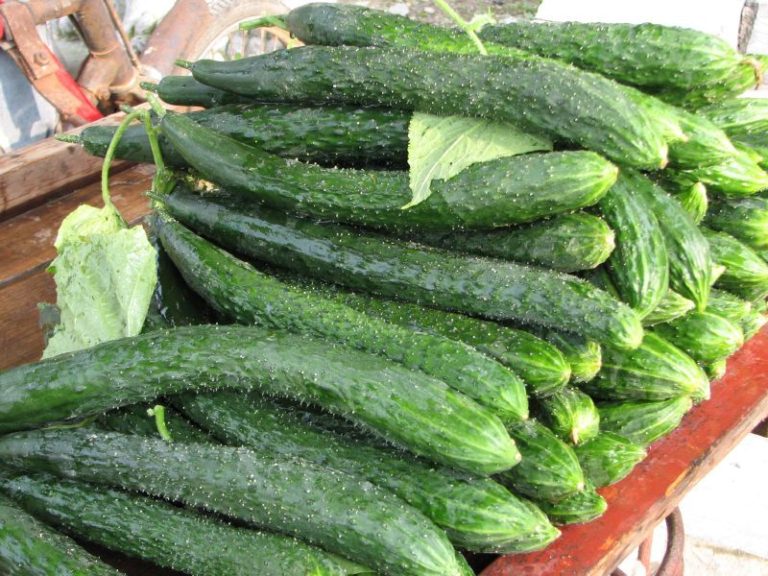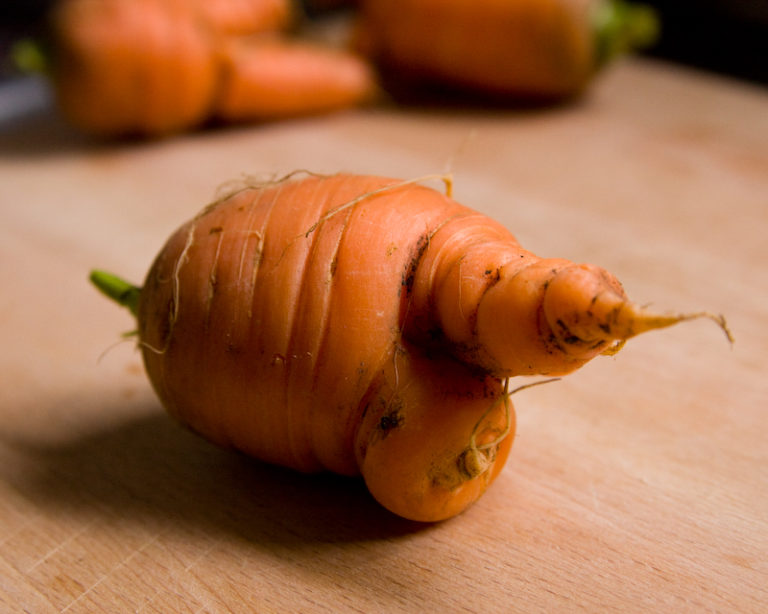How to Grow Pigeon Peas in Florida
Pigeon peas (Cajanus cajan) are one of the best beans to grow in Florida. Also known as Congo pea, Angola pea, tuvar lilva, no-eye pea, gandules, and red gram, this Indian native loves our hot weather and does great in nutrient-deficient soil. Learn how to grow pigeon peas in Florida with the comprehensive growing guide.
Are Pigeon Peas Beans?
Yes, pigeon peas are beans. They aren’t like typical bean varieties, however. Pigeon peas grow on a plant that resembles a small tree. Pigeon pea plants can reach more than 10 feet tall and up to 4 feet wide.
Pigeon peas are self-fertile, so you only need one plant to produce fruit. Pigeon peas produce attractive yellow (or red) flowers 2 or 3 months after they’re planted and attract a wide array of pollinators like bees and butterflies. Pigeon pea harvest season in Florida is usually late summer to early fall. The pods are a few inches long and contain 5 to 9 beans.
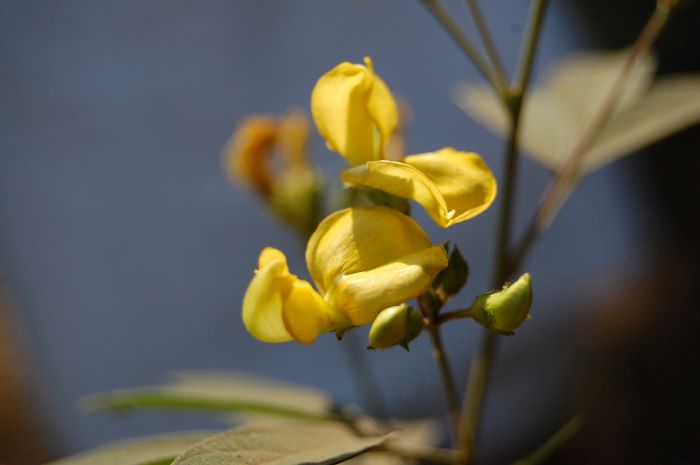
A cool thing about pigeon peas is that you can eat them fresh like a green bean or you can treat them like a dry bean – it all depends on when you pick them. Harvest them early and they’re like a green bean. Let the bean dry on the plant and you can shell them like a black-eyed pea. You can also save these dry beans to use as heirloom seeds to plant the next season.
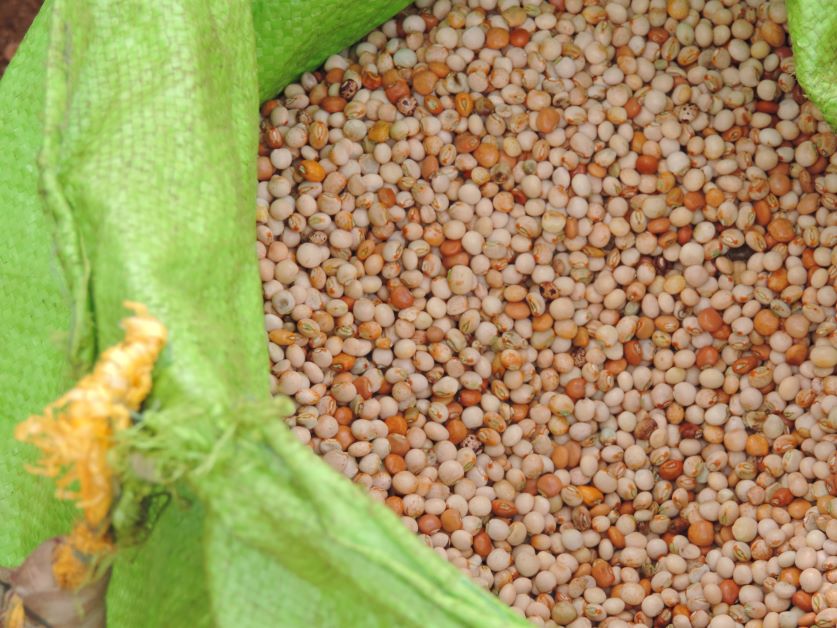
Pigeon peas aren’t well-known in the United States, but they’re a staple crop around the world. In India, pigeon peas are often used to make dal. In Puerto Rico, pigeon peas are the main ingredient in arroz con gandules. Jamaican rice and pigeon peas is a popular recipe in the Caribbean.
When to Plant Pigeon Peas in Florida
You can plant pigeon peas in Florida from spring to summer. Gardeners in North Florida, though, need to wait until all danger of frost has passed.
[table id=25 /]
How to Plant Pigeon Pea Seeds
Since they have a delicate root system, pigeon pea seeds should be direct sown.
- 2 weeks before planting, amend your soil with oak leaf compost (optional)
- Plant your seeds about ½ inch deep
- Water your pigeon pea seeds well after planting and keep the soil moist but not soggy
- Pigeon pea seeds germinate within 2 to 3 weeks
How Far Apart to Plant Pigeon Peas?
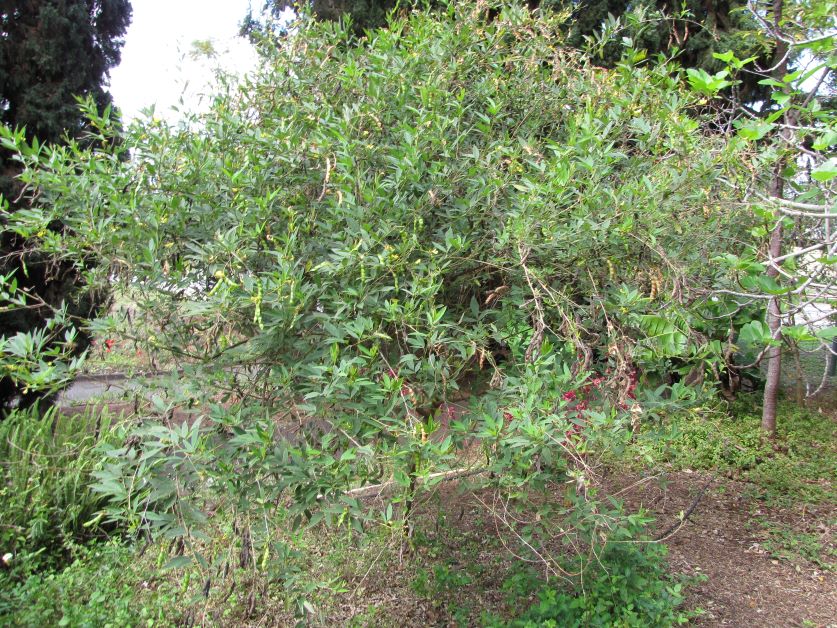
Unlike vining or bush beans, pigeon peas grow on a shrubby tree. Plant your pigeon peas 4 inches apart and thin them out to 18 inches apart once they start growing. You can plant your pigeon peas close together to use them as a windbreak. Under normal circumstances, however, pigeon peas need a fair amount of space.
Pigeon peas are popular in tropical permaculture gardening because they’re nitrogen fixers. If you prune your pigeon peas to grow as a small shrub, use them as a companion plant around fruit trees. Plant other crops underneath if you let your pigeon peas grow as a tree. While pigeon peas do have a lot of foliage, their canopy is thin enough to allow light for most plants to grow. They also make a great living trellis for tomatoes and passionflower.
Some people also grow their pigeon pea close together to use them as a windbreak, similar to sea grape.
Pigeon Pea Growing Conditions
Pigeon peas are carefree plants that don’t need much tending to thrive.
Light
Pigeon peas are a full sun plant and need at least 8 hours of light a day. It’s ok to plant them in a spot that gets some shade, but your yield might be a little smaller.
Temperature
The pigeon pea USDA hardiness zone is 9+. As a subtropical/tropical plant, pigeon peas need consistently warm temperatures to thrive year-round. If you live in a northern zone, you can still grow pigeon peas but they will be annual rather than perennial. Pigeon peas are not tolerant to cold and will die in a frost.
Water
Once established, pigeon peas are drought tolerant. In Florida, our near-daily summer rains will be plenty for your pigeon pea tree. During the winter, you should water your pigeon pea once a week. You may need to water more during drought or long stretches of 95°F+. If your conditions are extreme and your pigeon pea starts dropping leaves or drooping, you may need to give it more water.
Soil
Tolerant to the poorest of soils, pigeon peas will grow in just about anything as long as it’s well-draining. Pigeon peas prefer a soil pH of 5.0-7.0, but they can handle soil a little more alkaline than that, too.
Fertilizer
Pigeon peas don’t need any special fertilizer.
Pruning
Whether you prune your pigeon pea is personal preference but it’s a great plant for chop and drop. Use your pruned pigeon pea leaves and branches to add nutrients back into your soil. To make the most of your harvest, wait until after harvesting your peas to prune.
How Long Does It Take for Pigeon Peas to Grow?
It can take 4 to 8 months for pigeon peas to go from seed to fruit, but your patience will be rewarded. Once pigeon peas start producing, they are generous.
How Long Do Pigeon Peas Live?
When grown in subtropical/tropical conditions, pigeon peas can live up to 5 years.
Can You Eat Pigeon Pea Leaves?
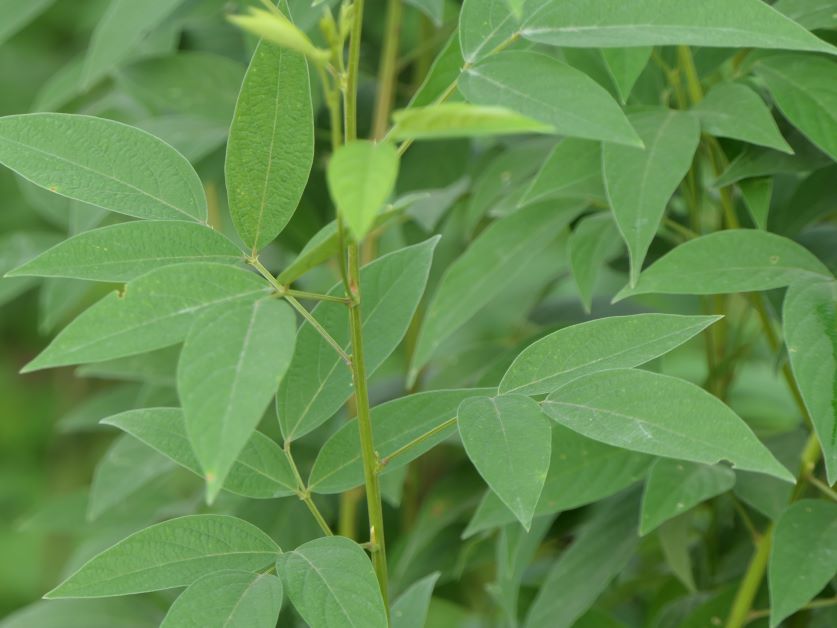
Yes, pigeon pea leaves are edible. A lot of people say that pigeon pea leaves aren’t the tastiest in the world, but they can bulk up a salad made of other heat-tolerant greens. Pigeon pea leaves and beans make great animal feed, too.
Can You Grow Pigeon Pea in a Pot?
Yes, you can grow pigeon peas in a pot but your yield will be smaller than if you grew them in the ground. If you live in USDA zone 9 or higher, you should grow your pigeon peas in the ground.
Growing pigeon peas in a pot is a good choice for those living above zone 9. Growing pigeon peas in a container will let cool-weather gardeners overwinter their pigeon peas and treat them as a perennial. In fall (definitely before the first frost), bring your pigeon pea pot inside and keep it there until spring. Just be sure to keep your container away from drafty areas like doors and windows.
To get the best harvest, your pigeon pea container needs to be quite big – 16 inches wide or bigger is best. Your pot will be heavy and hard to move, so you may want to invest in a plant caddy. Proper drainage is also important, so make sure all drainage holes are drilled out and fill your container with the proper soil. A mix of equal parts potting mix and sand will work well.
Can You Grow Pigeon Pea Indoors?
Pigeon peas don’t make a good year-round indoor houseplant. Gardeners above zone 9 can bring their potted pigeon pea inside for the winter but as soon as you’re able, put your pigeon pea back outdoors so it can take advantage of the warm weather and sun.
Pigeon Pea Pests
Root Knot Nematode (Meloidogyne)

Looks like: lives in soil and the pest itself is invisible to the naked eye; leaves knobby galls on roots
Damage: sucks nutrients from the plant through its roots; leaf drop, yellow leaves, stunted growth, eventual plant death
Treatment: organic nematode control solution (effectiveness not guaranteed and better to be used as prevention); culling of plants and soil solarization
Bean Pod Borer (Maruca vitrata)
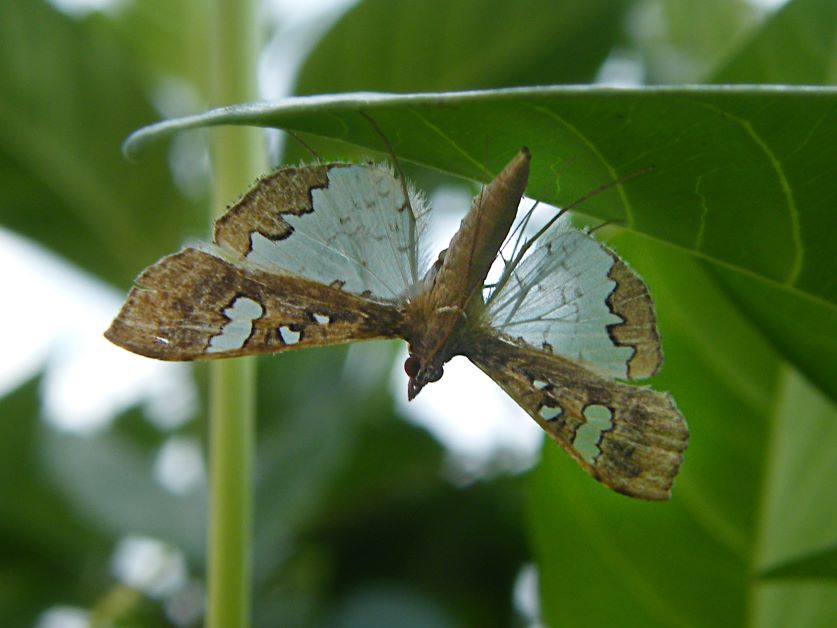
Looks like: small greenish white caterpillars with black dots as a juvenile; white and brown moth as an adult
Damage: bores holes through pods; feeds on flowers; spins webs on flowers and leaves
Treatment: Monterey B.t.; scouting and handpicking caterpillars
Corn Earworm (Helicoverpa zea)
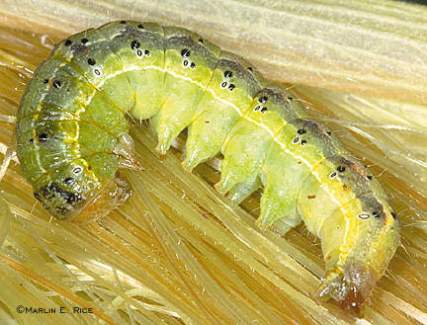
Looks like: small greenish white caterpillars with black dots as a juvenile; greenish tan moth as an adult
Damage: chews holes in leaves; bores into pods and feed on beans
Treatment: Monterey B.t.; scouting and handpicking caterpillars
Pigeon Pea Diseases
Fusarium Wilt
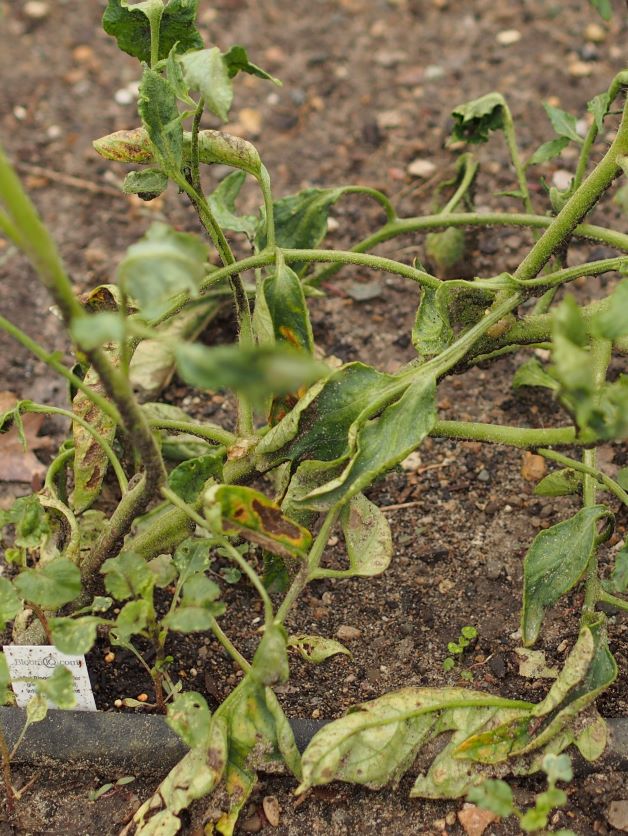
Looks like: yellow, wilting leaves that usually start on the bottom of the plant
Damage: stunted growth; leaf drop; eventual plant death
Treatment: culling of infected plants; crop rotation; solarize soil; sterilize garden tools that have been used on infected plants
Powdery Mildew
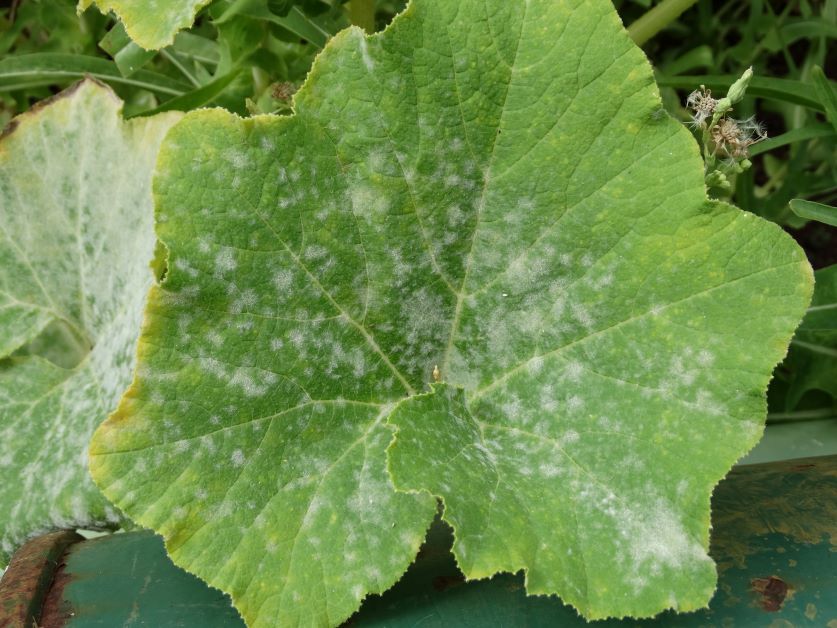
Looks like: white patches of white, dusty mold on leaves and stems; entire leaves look like they’re covered in white dust in extreme cases
Damage: flowers will fall off; underdeveloped fruit; generally unhealthy plants; death
Treatment: prevent by keeping leaves dry and spraying organic copper fungicide early in the season; remove infected foliage; remove debris from garden beds; make sure plant gets enough sun and airflow
Featured image photo credit: Wendy Cutler


